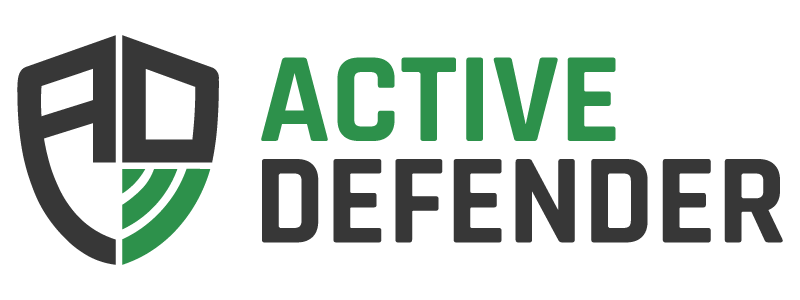Regarding school security and red flag words, the situation can extend beyond the confines of school grounds. Understanding what red flag words mean and how to track and prepare staff proactively is imperative.
Administrators, educators, and school IT departments can take various measures to monitor red flag words and deter such behavior, such as developing a comprehensive list, implementing a monitoring system, establishing responsive protocols, etc.
Utilize a Comprehensive List
By utilizing a comprehensive list, like the one available to download free below, of red flag words, school IT departments can take a proactive approach to learning about terms related to violence, threats, bullying, substance abuse, and self-harm. Below is a downloadable comprehensive list of over 260 red flag words for schools to watch out for.
Implement Monitoring Systems
Knowing the red flag words is half the battle; the other half is monitoring when and where they are used. Monitoring the frequency of red flag word usage can be difficult due to privacy policies and many students. Luckily, there are software available that can monitor the following:
- creates lists of websites and domains to be blocked and approved,
- scans through content and metadata to catch inappropriate content on school-issued devices,
- searches through every website visited by a student on school-issued devices,
- Administrators are also notified of any flagged activity.
While monitoring every search, post, or page view on school-issued devices is challenging, implementing a monitoring system can efficiently detect various topics. This proactive approach enables educators to swiftly address potential concerns while fostering a safer digital environment for students.
Establish Responsive Protocols
Establishing clear, responsive protocols for handling instances where red flag words are detected enables authorities, counselors, or law enforcement agencies, depending on the severity of the situation, to respond promptly with the proper resources. Below is an example of a responsive protocol that schools can implement when they detect red-flag words.
Responsive Protocol Example
- Immediate Investigation: Upon detecting red flag words, initiate a prompt investigation to assess the context and potential threat level associated with the flagged content.
- Communication: Notify relevant school administrators, counselors, and law enforcement authorities as necessary to coordinate a swift and appropriate response.
- Student Support: Provide support and resources to students involved in the flagged activity, including counseling services or interventions to address underlying issues.
- Parental Involvement: Inform parents or guardians of students involved in the incident, maintaining open communication and collaboration to ensure a cohesive approach to addressing the situation.
- Documentation: Document all steps taken in response to the red flag words, including communication logs, actions taken, and outcomes, to maintain a comprehensive record of the incident.
- Review and Analysis: Conduct a thorough review and analysis of the incident to identify gaps or areas for improvement in existing protocols and procedures.
Provide Staff Training
Educators, administrators, and support staff need the resources and knowledge to respond appropriately to red-flag words. Several methods, like guest speakers, discussions, and workshops, can provide sufficient training.
- Workshop on Identifying Red Flag Words: Staff members will learn to spot these words across different contexts, including social media, emails, and classroom interactions.
- Role-Playing Scenarios: Staff participate in simulated scenarios where they encounter red flag words in different contexts, such as student essays, online forums, and peer interactions. Through role-playing exercises, staff practice appropriately identifying and responding to red flag words.
- Guest Speaker Presentations: Inviting experts in school safety, mental health, and risk assessment to conduct presentations on red flag words and their significance in identifying potential threats.
- Interactive Online Modules: Implementing interactive online training modules that educate staff on identifying red flag words and responding to safety concerns effectively.
- Collaborative Team Discussions: Facilitating team discussions and brainstorming sessions where staff share their experiences, insights, and strategies for identifying red flag words allows them to learn from each other’s perspectives and develop a collective understanding of the importance of vigilance in school security.
Encourage Student Reporting
One of the best ways to catch red flags is from reports from the students themselves. Students must be encouraged to report inappropriate or concerning content viewed on social media, emails, or classroom interactions to the proper authorities. As educators, administrators, and support staff can not constantly monitor everything, students can be the best avenue for reporting red-flag words or behavior.
Students should be motivated by staff to understand that reporting red flag content is acceptable and crucial for ensuring their safety and well-being and that of their peers. It’s important to emphasize that reporting such content is not about getting someone in trouble but rather about preventing potential harm and fostering a supportive environment for everyone in the school community. Students are empowered to play an active role in maintaining a safe and secure school environment by encouraging open communication and destigmatizing the reporting process.
Regularly Review and Update
It is essential to regularly review and update the list of red-flag words based on evolving safety concerns, emerging trends, and feedback from monitoring systems; this ensures that the school stays ahead of potential threats and can respond effectively to new challenges.
Adapting protocols and training materials is crucial to proactively enhancing school safety. By continually refining procedures and providing ongoing education to staff, schools can better equip themselves to identify and address red-flag words promptly and effectively, ultimately fostering a safer learning environment for all students and staff.
Who is Active Defender?
Active Defender’s School Safety Platform revolutionizes emergency alerting and communication and provides the most comprehensive situational awareness available during a crisis. With Active Defender, ALL staff can immediately know WHAT the threat is, WHERE it is, understand WHAT TO DO, and Report their STATUS on a custom, dynamic campus map on their mobile device.
To learn more, visit Active Defender or take the first step in enhancing your school’s safety today by booking an interactive demo!
Discover more from Active Defender
Subscribe to get the latest posts sent to your email.



Recent Comments